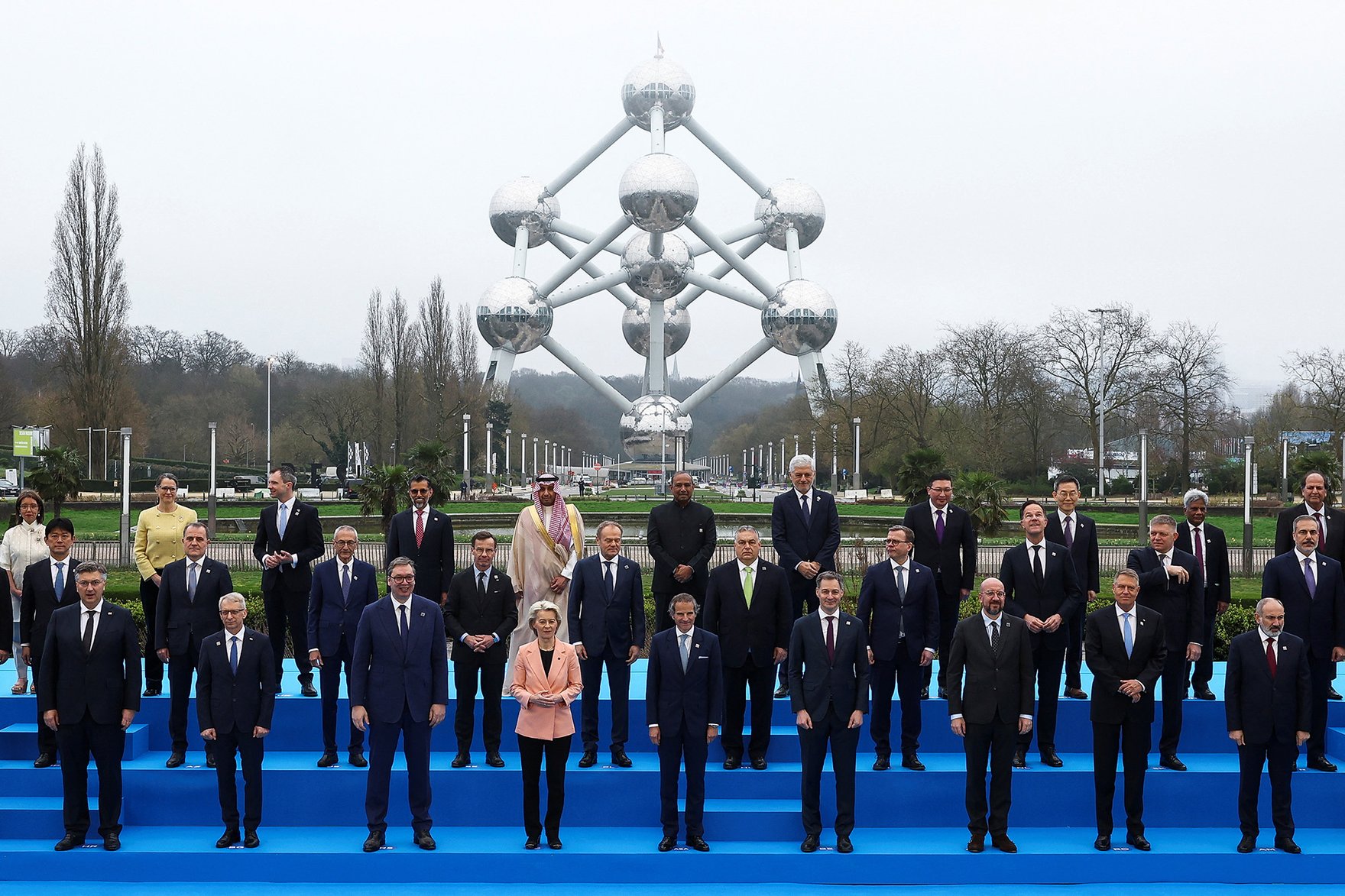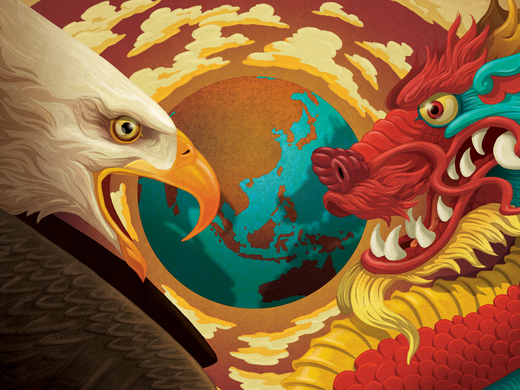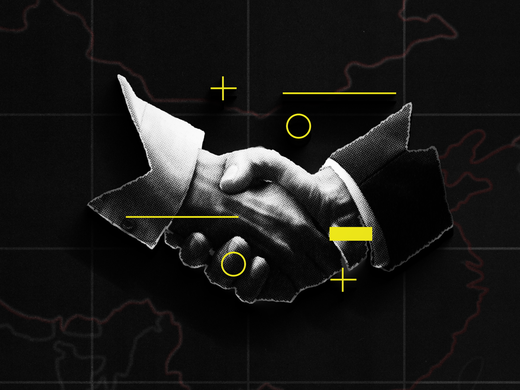Amid the persistent fragmentation of the global system, the proliferation of nuclear weapons stands out as an immense and pressing global challenge. This is particularly worrying given the accelerating decline of the authority of the United States. As American researchers Alexander Cooley and Daniel Nexon explain in their book Exit from Hegemony: The Unraveling of the American Global Order, the world is now transitioning through a global “interregnum.”
In addition to existing nuclear states — Russia, the United States, China, France, Britain, Pakistan, India, Israel and North Korea — the rise of new nuclear states represents a significant shift in the global balance of power. The World Nuclear Association says some 30 countries are currently exploring conventional nuclear programs while the Institute for Science and International Security reports that several are exploring the weaponization of nuclear technology.
Predicting which states will become nuclear powers in the twenty-first century remains a formidable challenge. What is certain is that the nuclear age has only just begun. Beyond North Korea, Iran is actively seeking to develop nuclear weapons. Iran has already established a nuclear power plant and in February its Atomic Energy Organization announced it has begun construction on four more reactors with support from the Russian government. Assuming Iran eventually weaponizes its nuclear technology, Saudi Arabia has indicated in public statements that it will follow suit.
The Age of Proliferation
The sobering truth is that we are still coming to terms with the existential risks of the nuclear age. It is estimated that the world’s nuclear states possess some 13,000 nuclear warheads of which 9,400 are in active military stockpiles. While this represents a significant decline from the 70,000 warheads held during the Cold War, nuclear arsenals themselves have become vastly more capable. To put this in perspective, the US-based Union of Concerned Scientists reports that the most powerful thermonuclear warheads today are 80 times more powerful than the bombs released on Hiroshima and Nagasaki.
Given the rising importance of regional powers with significant and growing technological capabilities, the potential for nuclear weapons proliferation is now becoming an enormous challenge. Efforts to prevent the spread of nuclear weapons have slowed significantly, particularly as the world’s two largest nuclear powers — the United States and Russia — have withdrawn from multilateral agreements. In fact, no nuclear disarmament negotiations are currently under way. To make matters worse, the rapid evolution of nuclear technologies promises to further exacerbate the spread of nuclear weapons. As the technology advances, more states will be tempted to pursue clandestine programs.
The Dangers of Multipolarity
The Russian government currently maintains the world’s largest nuclear weapons stockpile with 5,889 nuclear warheads. This is followed closely by the US government with 5,244 nuclear warheads. While the United States remains the world’s largest producer of nuclear energy, Russia dominates nuclear supply chains. Moreover, both the United States and Russia have intercontinental ballistic missiles capable of striking the other in less than 30 minutes and submarine-based missiles capable of striking the other in less than 15 minutes.
This daunting reality is made all the more unnerving by the fact that any negotiations on disarmament between the United States and Russia have been suspended until the war in Ukraine is resolved. In the absence of any clear authority in the multilateral system, the risk of military conflict rises accordingly. Indeed, given the growing influence of China and the rise of a multipolar system, the established mechanisms for overseeing arms control agreements could now prove insufficient.
Renewing Global Governance
The development of nuclear weapons in 1945 marked a pivotal chapter in the evolution of military technologies, permanently altering the nature and dynamics of international conflict. The unprecedented horrors of industrial warfare and the rise of a new era typified by a delicate balance of power has permanently transformed the geopolitical landscape. As nations grapple with the spectre of nuclear proliferation and the ongoing tensions between the world’s nuclear superpowers, the stakes could not be higher.
In addition to the dangers of strategic rivalry between the United States and China, the presence of new nuclear actors on the world stage could mean a constantly shifting geopolitical landscape. Diplomatic initiatives that focus on arms control and multilateral governance will be crucial to ensuring global stability. The ability of multilateral institutions such as the United Nations to effectively mitigate the risks of nuclear weapons proliferation will remain fundamental to maintaining peace and security now and into the future.
As we confront the realities of an ever-more complex and diverse nuclear landscape, international collaboration and dialogue will remain essential to avoiding thermonuclear calamity. Notwithstanding the many challenges inherent within a multipolar system, effective diplomatic engagement, conflict resolution and cooperative security frameworks will remain essential to navigating a world bristling with nuclear weapons.



